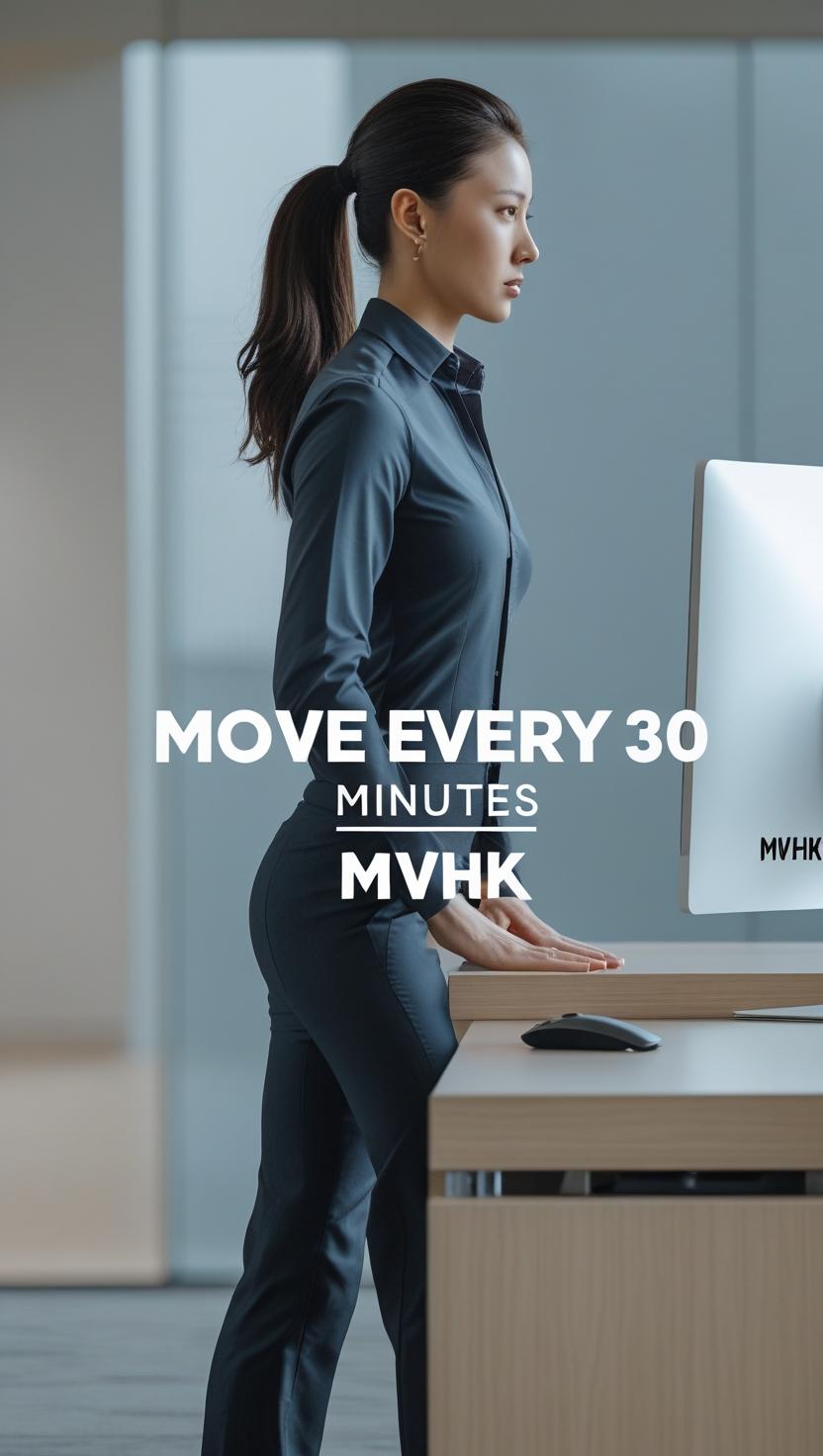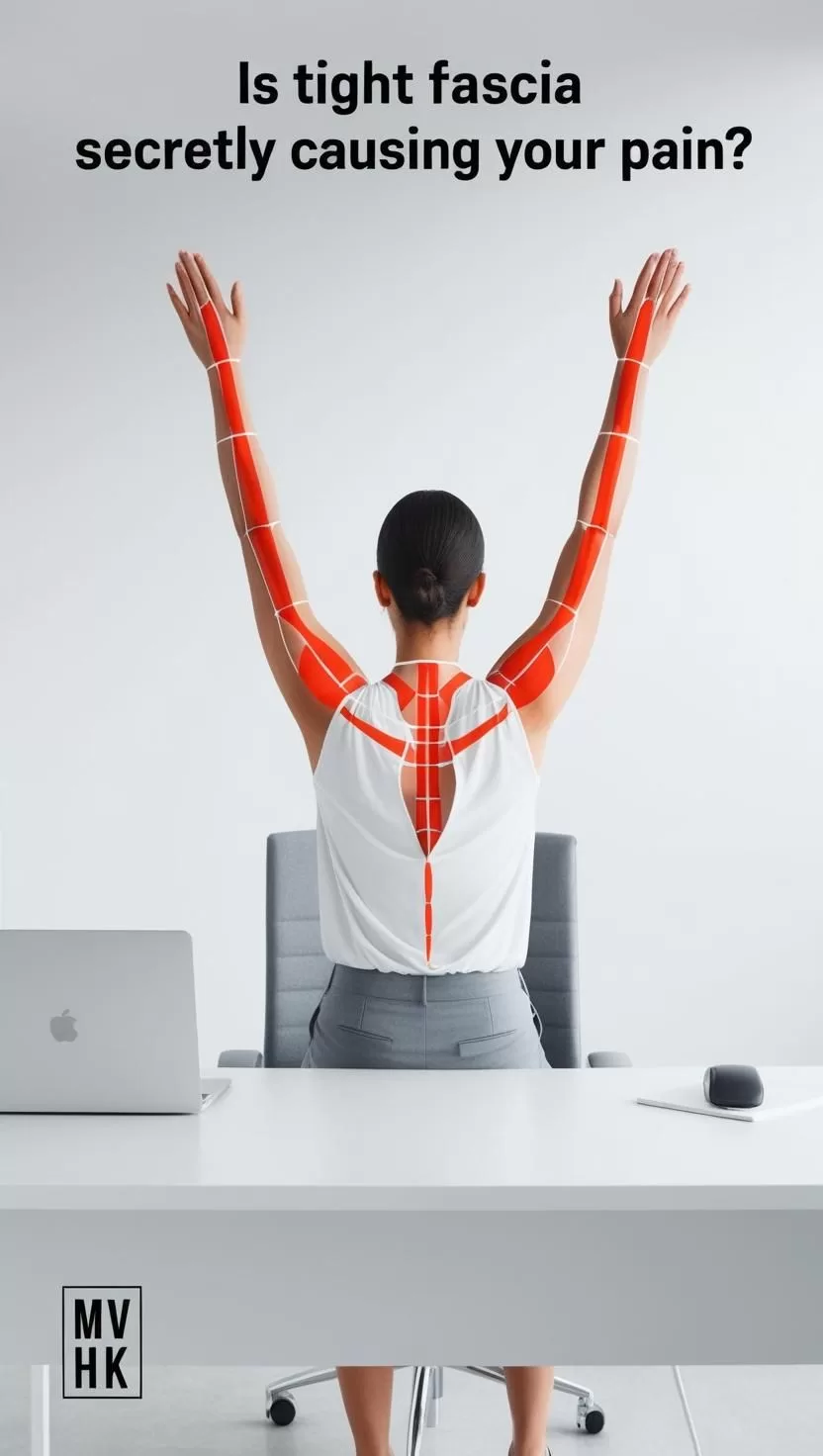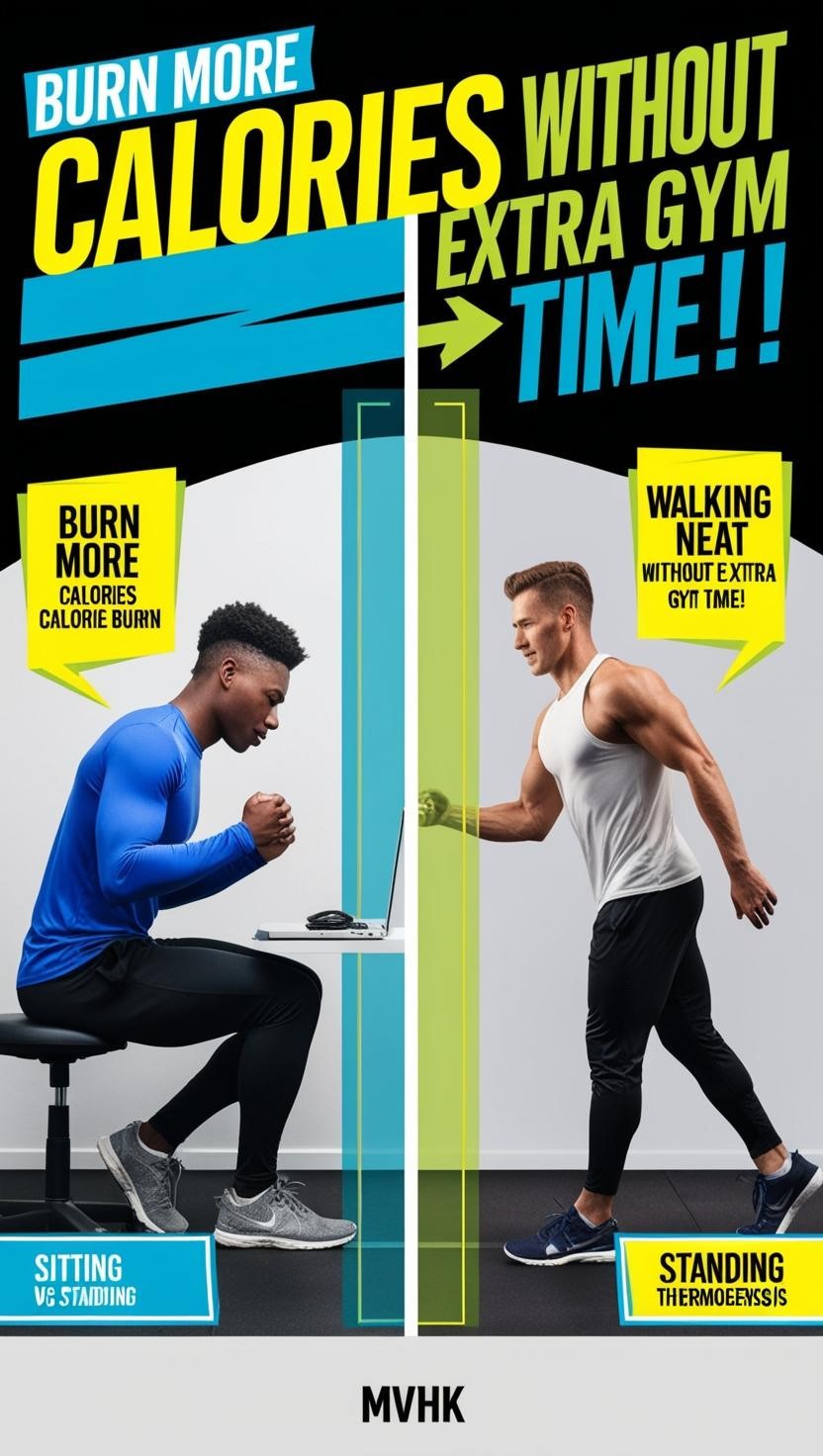Break Up Sitting Every 30 Minutes with Microworkouts
Introduction
Sedentary behavior has been dubbed the new smoking, with a study in Medicine & Science in Sports & Exercise finding that five-minute light walking breaks every 30 minutes of sitting can reduce systolic blood pressure by 4–5 points—a reduction comparable to a 13%–15% decrease in cardiovascular disease risk health.harvard.eduhealth.harvard.edu. Yet many professionals remain seated for hours, leading to increased spinal pressure, joint stiffness, and elevated mortality risk when sitting uninterruptedly for longer than 30 minutes health.harvard.eduhealth.harvard.edu. In this article, you’ll discover why microworkouts matter, how to implement them effectively, and real-world success stories to inspire your next move.
🎯 The Science Behind Microworkouts to Break Up Sitting Every 30 Minutes
Latest Research
Recent trials show that breaking up sitting with short activity bursts dramatically improves metabolic health. One small crossover study asked participants to do five minutes of light walking every half-hour during an 8-hour sitting period. Compared to uninterrupted sitting, this regimen lowered blood sugar spikes by 58% and cut systolic blood pressure by 4–5 points health.harvard.eduhealth.harvard.edu.
Mechanisms
Prolonged sitting silences large muscle groups, impairing glucose uptake and promoting insulin resistance. Intermittent movement reactivates muscle contractions, enhances capillary blood flow, and attenuates inflammatory markers associated with cardiovascular risk health.harvard.edupmc.ncbi.nlm.nih.gov.
Expert Opinions
“Standing up every 30 minutes can preserve joint mobility and reduce spinal compression,” says Dr. Daryanani of Harvard Health Publishing health.harvard.edu. The American College of Sports Medicine also emphasizes light-intensity activity throughout the day as essential for metabolic health, beyond scheduled workouts acsm.org.
💪 Implementation Guide
Getting Started
- Set a timer on your phone or smartwatch for every 25 minutes of sitting.
- Choose 3–5 microworkouts (e.g., calf raises, desk push-ups, standing torso twists).
- Prepare your workspace with a clear area or resistance bands.
Progression Strategies
- Week 1: Begin with 3 microworkouts per break (∼2 minutes total).
- Week 2: Increase to 5 microworkouts (∼3–4 minutes).
- Week 3+: Add light dumbbells or longer durations as tolerated.
Common Mistakes
- Skipping breaks when deadlines loom—schedule them as meetings.
- Choosing overly complex moves—keep exercises simple to maintain consistency.
- Ignoring form—poor posture can exacerbate stiffness instead of relieving it.
🚀 Advanced Techniques
Personalization
Track your stiffness levels in a journal; tailor microworkout selection to target tight areas like hips, shoulders, or lower back.
Technology Integration
Use AI-powered trackers (e.g., smart watches with “move reminders”) to automate alerts and log adherence trends.
Sustainability
Link movement breaks to daily rituals (e.g., refill water, phone calls) to build lasting habits without added mental load.
📊 Results & Success Stories
Case Studies
- Marketing Executive, Age 34: Reduced midday back pain by 60% after two weeks of regular calf raises and standing twists.
- Software Engineer, Age 28: Noted 20% improvement in focus and 30% drop in lower-back discomfort within three weeks.
Measurable Outcomes
- Blood Pressure: Average drop of 5 points systolic with consistent 5-minute breaks health.harvard.edu.
- Glucose Control: 58% lower post-lunch spikes with half-hour walking breaks health.harvard.edu.
Community Feedback
Online forums report improved mood, better posture, and a sense of agency over one’s health by simply standing up regularly.
🎯 Action Plan: Start Today
Week 1–2: Foundation
- Commit to one alarm every 30 minutes.
- Perform three basic moves: standing march, calf raise, torso twist.
Week 3–4: Progression
- Increase sets from 1 to 3 per break.
- Introduce mini-resistance bands or water-bottle weights.
Long-term Maintenance
- Integrate movement breaks into team culture—start “stand-up huddles.”
- Celebrate milestones (e.g., “30 days of no-more-sitting”).
Frequently Asked Questions
What are the best microworkouts for joint health?
Light moves like calf raises, hip hinges, and torso twists activate muscle groups around major joints, improving lubrication and flexibility. Aim for 10–15 reps each break.
How quickly will I notice benefits from breaking up sitting?
Many individuals report reduced stiffness and improved mood within one week; measurable metabolic improvements (e.g., blood pressure) appear after 2–4 weeks health.harvard.eduhealth.harvard.edu.
Can I combine microworkouts with my regular exercise routine?
Absolutely—microworkouts complement scheduled workouts by mitigating sedentary risks. They won’t replace cardio or strength sessions but will enhance overall circulation.
How long should each movement break be?
Five minutes per half-hour of sitting is ideal for blood-sugar and blood-pressure control; even 1–2 minutes is better than none health.harvard.eduexerciseismedicine.org.
Are movement breaks safe for people with back pain?
When done with proper form and gentle range of motion, microworkouts can relieve spinal pressure. Consult a healthcare professional for personalized guidance.






